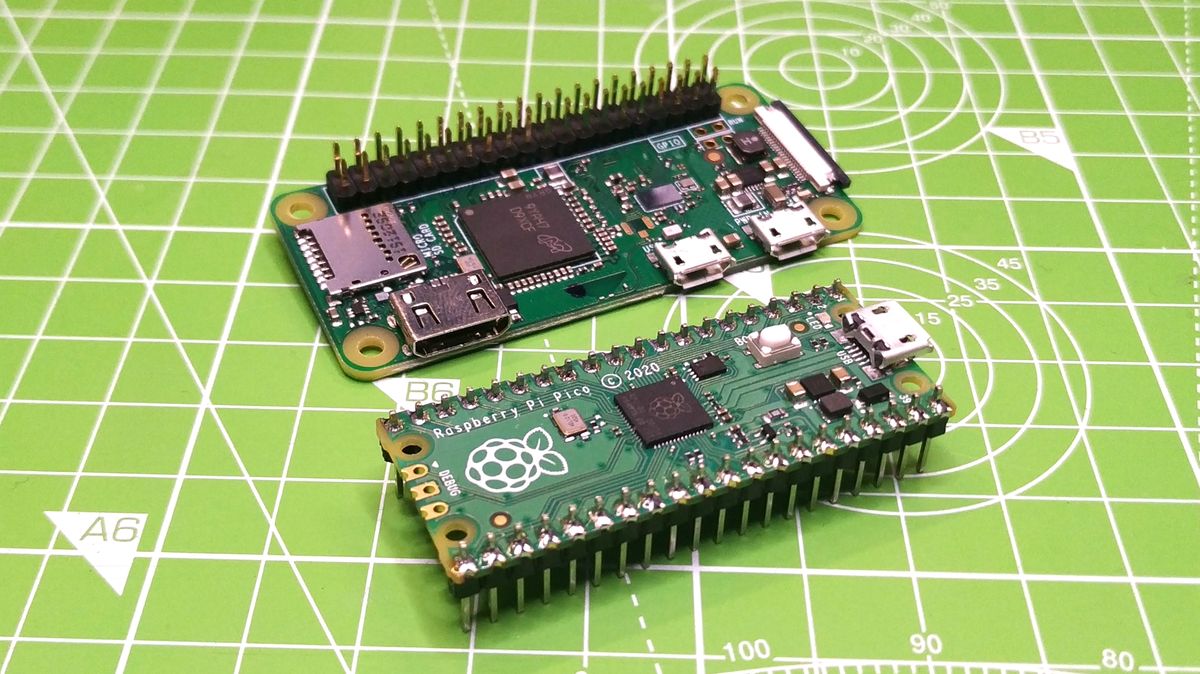
Raspberry Pi Pico also supports highly flexible power supply architecture, like micro-USB, external supplies, or batteries. We get a total 26 multi-functional GPIOs that support 3.3v digital I/O with 3 of them also being analog inputs.

It has 264KB of SRAM and 2MB of on-board flash storage, but we can extend up to 16MB of off-chip Flash memory via a dedicated Quad-SPI bus. Raspberry Pi Pico comes with Dual-Core ARM Cortex M0+ processor, which can run up to 133MHz. In this tutorial, we will learn, How to Program a Raspberry Pi Pico using MicroPython and understand the basics of the board. Because it has a Dual-Core ARM processor along with GPIO & Digital/Analog peripherals, we can easily create micro to small-scale embedded applications. The Raspberry Pi Pico is a low-cost microcontroller and its price is $4. But 9 long years later, in the year 2021, the Raspberry Pi Foundation introduced us to a microcontroller board, the Raspberry Pi Pico which comes with the Raspberry Pi Foundation's own silicon chip RP2040. Connect a jumper wire from the other button pin to RUN, pin 30 on the Pico.In 2012, the Raspberry Pi Foundation introduced us to a single board computer, the Raspberry Pi, which was mainly promoted for teaching the basics of computer science to kids.Connect a jumper from one button pin to a GND pin on the Pico, we used pin 38.You can refer to this project for a step by step on how to do this.

This project will show you how to do just that!Īs we’ll be building this on a breadboard, the first thing to do is to add some header pins to your Pico. Having a reset button on your Raspberry Pi Pico resolves this problem.

Sometimes it is not convenient to keep unplugging the micro USB cable every time you want to upload a UF2 onto the Pico. You can then just drag and drop a UF2 file onto the board.

When you press and hold the BOOTSEL button and connect your Pico to your computer, it mounts as a mass storage volume.


 0 kommentar(er)
0 kommentar(er)
